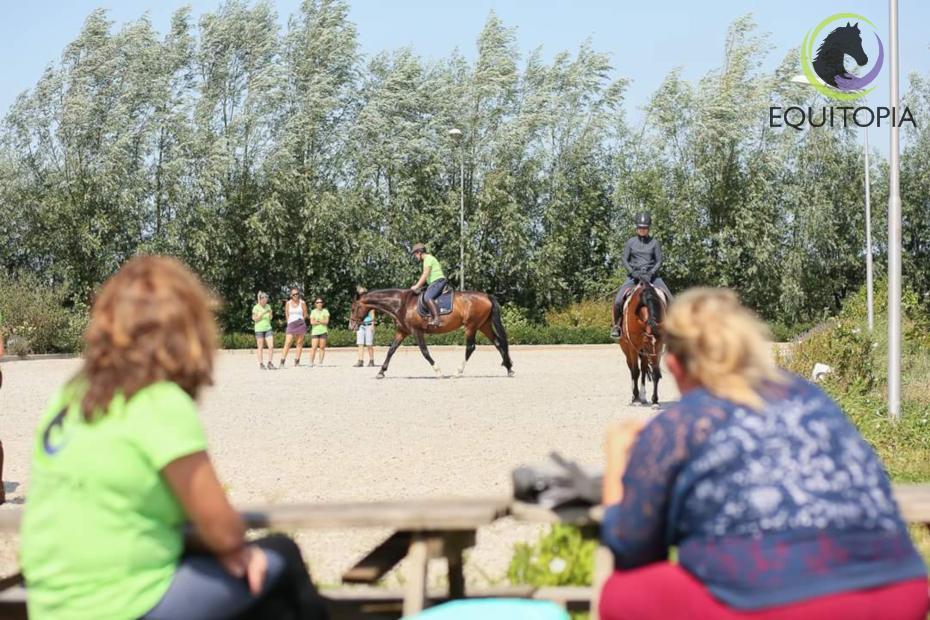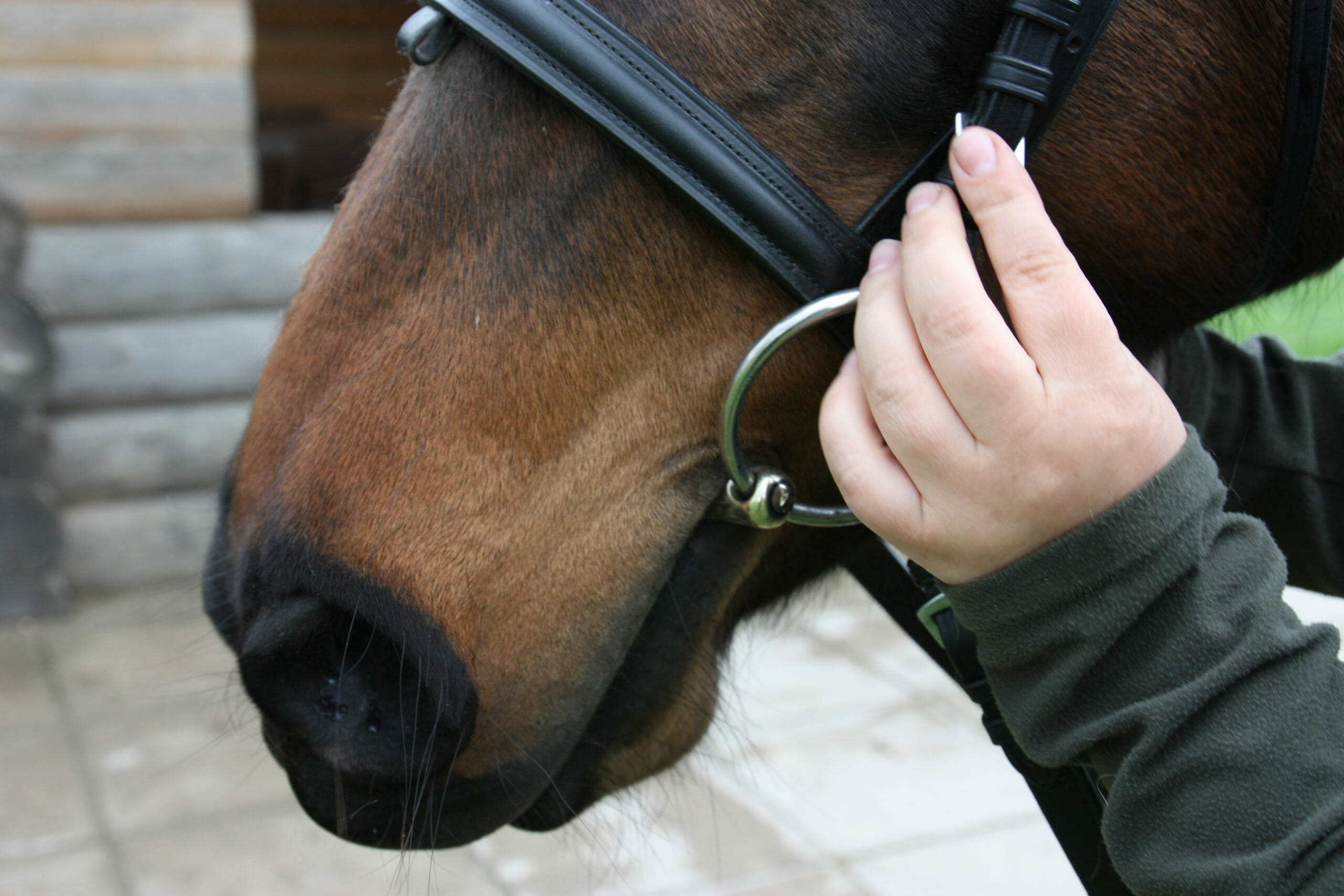This is the second part of a two-part blog post – part 1 is at this link.
Before sending your horse away to a trainer’s yard, here are some factors to consider:
MAKE SURE YOU HAVE VISITING RIGHTS
Many trainers are now stating that owners cannot come and see the horse for some of the time the horse is there – often the first couple of weeks. This could be simply as it’s inconvenient for owners to turn up when they please and disrupt the trainer, or it could be as they don’t want the owner to see what they actually do with the horse. If a trainer says you can’t come and see your horse at any point then ask the reason why – a good trainer should be open and happy for you to be involved in your horse’s training at any time. In fact they should encourage you to be there so you have a better chance of maintaining the behavior once your horse is home.
CONSIDER THE STRESS OF BEING MOVED ON YOUR HORSE
Any move for your horse will be traumatic – they will be disoriented in a new environment and may well behave differently than they would at home. This raises several issues – the trainer may never encounter the problem you’ve sent the horse there for, so won’t ‘fix’ the problem anyway. Your horse will also be anxious and exhausted and that is not a good place for them mentally to start learning – horses are often far better at home and you have the trainer come out to you. It may be more expensive in the long-term, but this is your horse’s physical and mental well-being we are talking about, you can’t (or shouldn’t) put a price on that.
FIND A TRAINER WHO USES THE SIMPLEST TACK
It is seemingly now routine to use a flash or crank noseband to close a youngster’s mouth as soon as the bit is introduced. Why? It increases the pain from the bit and prevents the horse opening their mouth to avoid it, so the horse will ‘submit’ sooner, it’s also likely to sensitize the horse to the bit and cause long term problems in the mouth. Find a trainer who uses the simplest tack possible – a correctly fitted cavesson noseband is all you need (or no noseband at all!).
Restrictive tack such as draw reins, running reins or side reins are often used to force the horse into an outline quickly, rather than starting them in a long and low outline until they are strong enough physically to progress to a more collected frame. For the horse to achieve this advanced posture, and become strong enough to maintain it without physical damage, takes time – years, in fact. Trainers who ride horses in an excessively over-flexed head and neck position will at the very least restrict their movement and very possibly damage them physically, causing long-term physical problems that may only appear later in life.
ASK LOTS OF QUESTIONS
Please do your research before you make a decision. Go and watch the trainer working with other horses. Watch the horse and don’t be swayed by what the trainer is saying they are doing – the horse’s behaviour will tell you everything you need to know. Pay close attention to the horse’s body language – are they relaxed and happy to do what is asked or are they suppressed or frightened?
Ask questions! Do they train or ride using a whip and spurs? Do they use pressure halters, thin rope halters or anything that tightens around the horse’s face or nose? Do they expect horses to buck or object when being backed? (What are they doing to cause the horse to behave that way?) Are horses kept stabled and not turned out? If so, walk away and find a better trainer.
THINK HARD ABOUT SENDING YOUR HORSE AWAY!
If you have any concerns about what a trainer is doing with your horse, stop them immediately before any more damage is done. If your horse is away at a yard and you think they are becoming anxious, then take them home.
The bottom line is you need to see how your horse is housed and trained at all times. There have been petitions going around to have CCTV in slaughterhouses, but I believe CCTV should also be compulsory on horse training yards. Maybe horse owners should start demanding this?
Do think very hard if sending your horse away to be trained is really the right thing to do. You could just get the trainer to come to you, watch what they are doing and learn how to train your horse yourself.
IF YOU FOUND THIS POST INTERESTING, YOU MIGHT BE INTERESTED TO SEE MORE ON THIS TOPIC:
A video on solving horse behavior problems – low-stress, effective solutions at this link
And another video at this link on training without fear.
For more resources, check out the Equitopia membership program – click here








